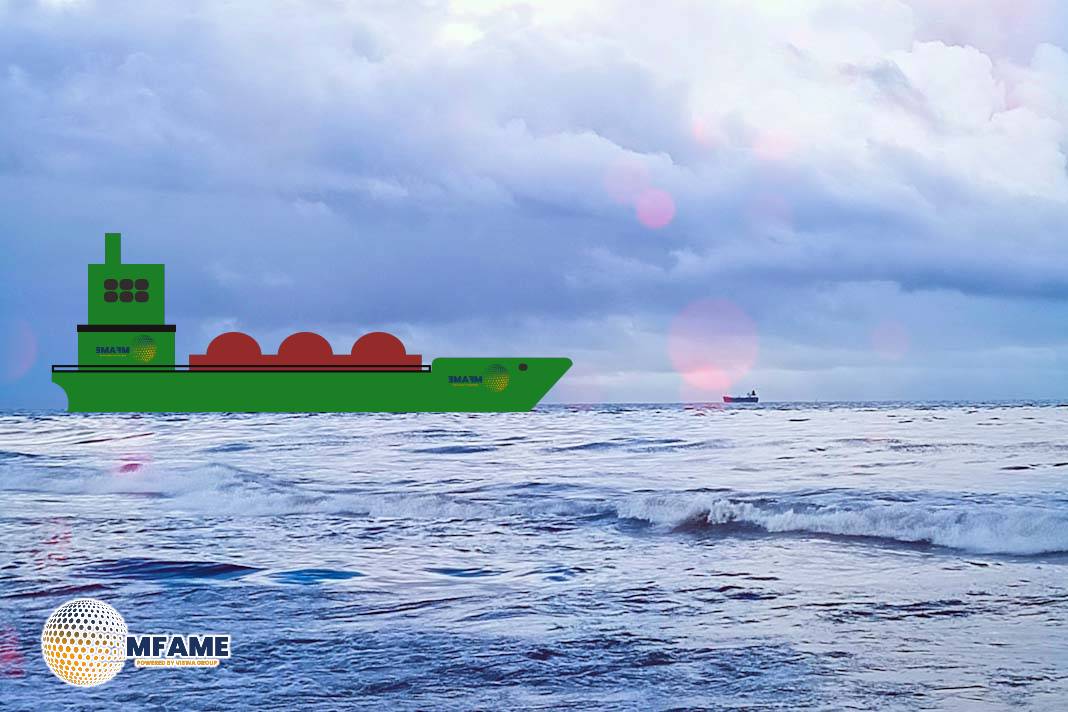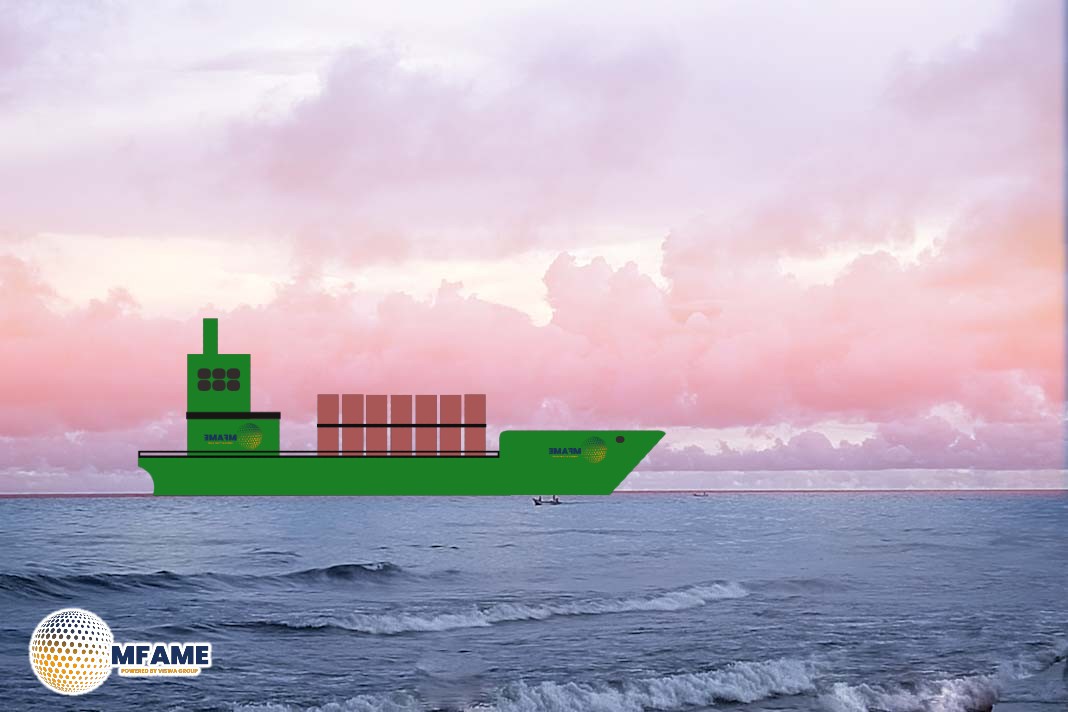- Proposed port fees may raise freight costs, affecting exports.
- U.S. shipbuilding is vital for national security but faces capacity challenges.
- China dominates global shipbuilding, benefiting from cost advantages.
Shipbuilding plays a foundational role in both commercial logistics and national defence. In today’s interconnected world, it is a key component of economic resilience and geopolitical strategy. The evolving dynamics between the United States and China in this sector reflect broader shifts in industrial policy, trade alignment, and maritime influence, reports Signal.
Proposed U.S. Port Fees and Their Intended Strategic Role
The U.S. Trade Representative (USTR) has also suggested new port charges to meet global shipbuilding dependency-related concerns. Up to $1.5 million per port visit will be charged for ships constructed in Chinese yards and up to $1 million for ships owned by Chinese parties. Operators that have pending or current orders in Chinese yards are also likely to incur these charges.
These initiatives are meant to promote diversification of shipbuilding sources and build up domestic maritime infrastructure. Based on the World Shipping Council, these kinds of measures might increase costs by $600–$800 per container—making short-term freight rate impacts while enabling long-term strategic objectives.
America’s Shipbuilding Sector: Small but Strategic
The shipbuilding industry in the United States has long contributed to national needs, especially via the Jones Act, which requires ships making a voyage between U.S. ports to be made and operated in the country. Commercial shipbuilding capacity has shrunk over the years, yet the industry continues to play an essential role in supply chain stability and national security. Its reinvigoration would involve concentrated investment in infrastructure, labour force development, and cutting-edge manufacturing.
China’s Global Leadership in Commercial Shipbuilding
China now dominates the world shipbuilding market, backed by economies of scale, vertically integrated supply chains, and robust state support. It holds 45% of the world’s dry bulk newbuild orders and is a leading player in tanker and container shipbuilding. China’s competitiveness also covers ship components and maritime systems, which guarantees its dominance in various vessel classes.
Japan and South Korea continue to be dominant players. Japan has 42% of dry bulk shipbuilding, and South Korea has 53% of the tanker market. The three countries together have more than 90% of the world’s commercial ship manufacturing.
Toward a New Industrial Strategy
Efforts to strengthen the U.S. shipbuilding base fit into a larger strategy of building domestic capabilities. Suggested port fees are part of a move toward geoeconomic policymaking, where trade instruments aid national development and resilience objectives. Building up domestic shipbuilding is viewed as crucial for supply chain security, defence readiness, and economic self-sufficiency.
Although short-run cost pressures can result, the programs are intended to enhance longer-run performance through innovation, policy assistance, and possible global alliances, particularly with countries like Japan and South Korea.
Freight Market Adjustments
The subject port charges proposed would result in a change in the global freight market. Those ships constructed within Chinese shipyards today represent more than a third (35.24%) of all U.S. port arrivals within the dry bulk sector, using data from 2024. The most at-risk segments include Supramax and Handysize ships, which each make roughly 1,900 calls within U.S. ports per year.
Port charges, even when they are applied pro rata, will tend to affect freight rates and charter party negotiations. Dry bulk products such as coal, fertilisers, and grains might experience higher transport costs as owners adapt to the new policy setup.
Agricultural Sector: Navigating New Logistics Challenges
Agriculture is the most responsive industry to freight cost changes. Port charges have been estimated by the American Farm Bureau Federation to contribute between $372 million and $930 million each year to the cost of transportation for bulk farm exports. Even minor increases in costs can make a difference to export margins in commodities such as soybeans.
Grain exports, especially from the Gulf Coast and Pacific
Northwest, they are dependent on Chinese-supplied Supramax and Handysize ships. Higher operating costs can affect shipping routes and buyer choice, leading to a gradual rebalancing of trade flows.
Broader Sectoral Exposure
Other major industries like energy and mining also depend on tanker shipping and dry bulk. Although the tanker sector is less exposed than dry bulk, it still accounts for significant port call volumes. Cost exposure increases could affect export competitiveness for oil, gas, and minerals industries that rely on effective maritime transportation.
Estimated Financial Exposure by Vessel Class
- Handysize & Supramax: ~1,900 port calls each; ~$2.2 billion exposure
- Small Bulk Carriers: ~1,500 calls; ~$2.1 billion
- Panamax: ~900 calls; ~$1.4 billion
- Handymax: <400 calls; ~$430 million
- Post-Panamax & Capesize: <200 calls; ~$90–$165 million
Though Post-Panamax and Capesize ships experience fewer U.S. port visits, overall financial exposure across all dry bulk categories indicates the magnitude and intricacy of implementing new port policy.
Strengthening Resilience Through Strategic Alignment
With the evolution of global trade trends, policies of industrial resilience and maritime autonomy are becoming increasingly popular. The new port fee regime is part of an overall approach to aid domestic capacities and stimulate diverse sourcing in the international shipping market.
Though implementation can come with interim difficulties, these steps are designed to establish a more balanced and secure maritime environment that suits economic and strategic interests alike. In the long term, increased government-industry cooperation and international cooperation will be necessary to unlock long-term advantages in shipbuilding, trade, and freight infrastructure.
Did you subscribe to our daily Newsletter?
It’s Free Click here to Subscribe!
Source: Signal
















